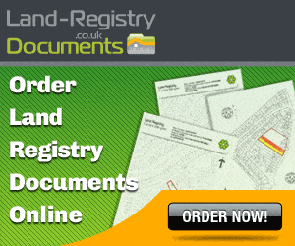Client ID Checks
There are two stages to identifying a client. The first is to make enquiries of your client to ascertain their names and where they live. The second is to verify that information. This can be done by viewing original copies of official documents such as a passport or driver's licence (for proof of identity) and a council tax bill or bank statement (for proof of address) or by carrying out electronic ID checks. Electronic check are generally accepted to be the most reliable method and are required to meet HMLR's Digital Identity Standard. That standard is not compulsory at the time of writing however it offers conveyancers some protection if they are unwittingly involved in a fraud. Electronic checks should use cryptographic and biometric technology to interrogate documents and typically involve the client following a link to a website or downloading an app and then displaying their photo ID and submitting a selfie image for comparison.
They will usually check whether the subject is (or is connected to) a PEP and/or reveal other relevant information such as sanctions or adverse media reports.
Source of Wealth and Source of Funds Checks
These two are quite closely linked. Source of wealth checks involve establishing where the client's wealth is derived from generally (what do they earn, have they received a significant sum from inheritance, the sale of a business, a lottery win etc) so as to understand whether it makes sense for them to have the funds they are using whereas source of funds checks focus on the funds actually being used in the transaction. Often the same information and documentation will be used for both.
The process involves firstly asking the client to explain their source of wealth and source of funds and secondly asking for documentary evidence to support the explanation. The types documentary evidence needed will depend on the source of the money but the aim is to trace it back to a source you are confident is legitimate. It is not enough for the client to simply show the funds are in their bank account, even if they have been there for a few months. You should ascertain where the money came from originally. If it was from a regulated entity such as an insurance company or firm of solicitors or major stockbroker that will often be enough. If it came a third party such as another individual or unregulated business then it will often be necessary to ask for an explanation and for evidence as to how that individual business came by the money. This can cause difficulty as the third party will often be unwilling to share what thy see as sensitive personal information. Each case must be treated on its merits but there will be occasions when you simply cannot accept the funds into your firm's account.
The law does not provide detailed guidance on what constitutes satisfactory evidence as to the source of funds and wealth but the basic duty of any lawyer is to carry such checks as are necessary so as to be satisfied that there is no reasonable cause to be suspicious about the source. The lawyer is not required to absolutely guarantee the legitimacy of the funds (which in practice would often be impossible).


